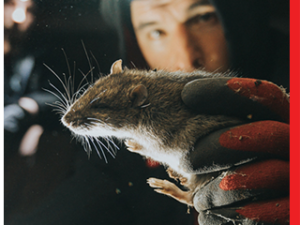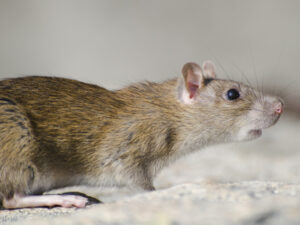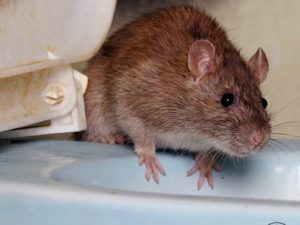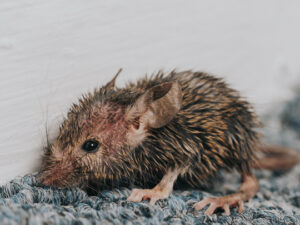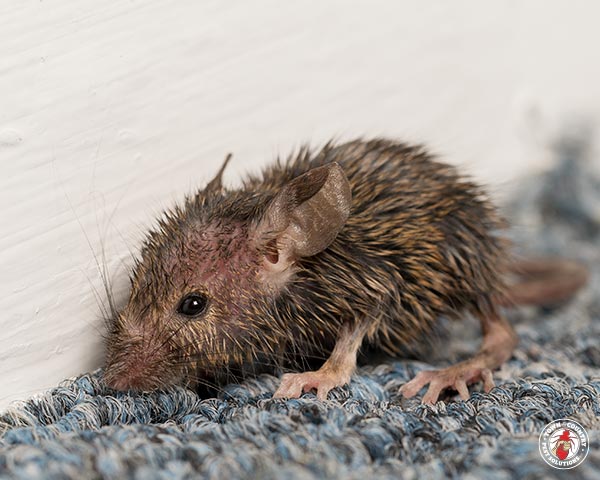
The primary rodent pests that live in close association with humans in New York State are Norway rats (Rattus norvegicus) and house mice (Mus musculus). Norway rats and house mice are found in all human settings, including cities, suburban areas, and rural farmland. Rats and mice will eat anything that humans or animals eat, and they are well known for contaminating stored foods with numerous disease-causing microorganisms that inhabit their feces, urine, saliva and exterior body. Norway rats and house mice are known to spread more than 35 diseases to humans either directly or indirectly. One study found dozens of pathogens inhabiting house mouse feces, including C. difficile, E. coli, Shigella, and Salmonella, just to name a few. In addition to bacteria, several viruses, fungal organisms, parasites, and endoparasites are also carried by rats and mice.
The house mouse is the most abundant, and some say, the most successful mammalian species on earth, though many experts consider the house mouse to be second to the Norway rat in terms of evolutionary success. House mice are considered one of the most successful mammals for several reasons, the most significant of which is their ability to adapt to a variety of environmental conditions, and their habit of exploiting human settings for food and shelter, which protects them from extreme weather conditions and predators. A large number of indoor house mice can survive for long periods by eating nothing but crumbs, and each mouse eats about three grams of food per day, or eight pounds of food per year. Bacon, chocolate, butter and nuts seem to be their favorite human foods.
Both house mice and Norway rats are notable for reproducing at exponential rates, as one study found that a single male and female Norway rat can produce 15,000 offspring in one year. Also within a one year period, a single Norway rat will produce 25,000 fecal droppings, while a single house mouse will produce 18,000 fecal droppings. Eliminating active house mouse and Norway rat infestations is tremendously difficult and usually requires professional pest control intervention. This is why homeowners should take preventative measures to keep rodents from invading homes. Preventative rodent control measures include keeping stored food well sealed, keeping indoor and outdoor garbage in receptacles with tight-fitting lids, and using caulk or another product to seal cracks, crevices and other potential entry points on the exterior walls of homes. This last method is particularly important, as a house mouse is capable of squeezing through a hole as small as the width of a pencil.
Have you ever spotted an access point on your home that rodents had used to enter your home?

